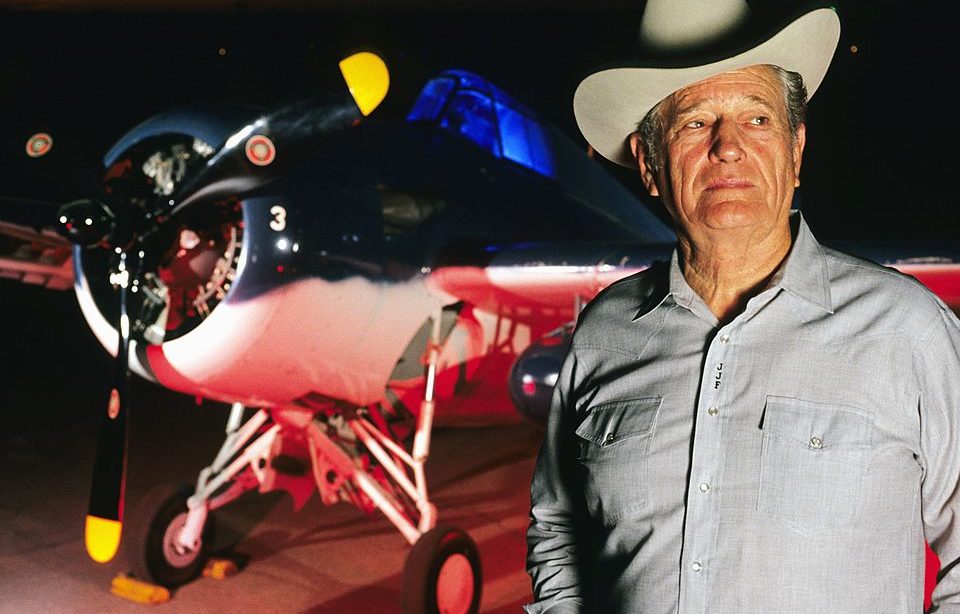Joe Foss lived for 87 years, and he packed more living into those 87 years than any other American in recent history. Not only was he a decorated war hero, having been presented with the Medal of Honor, he was also the commissioner of the American Football League (AFL), the Governor of South Dakota and the president of the National Rifle Association (NRA).
Joe Foss’ early life and upbringing
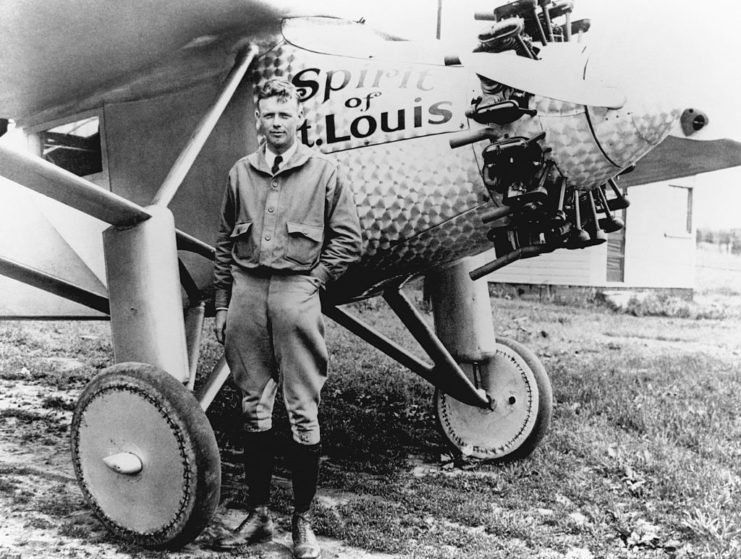
Joe Foss was born in April 1915 near Sioux Falls, South Dakota. Multiple events during his youth led him to pursue a career in aviation. When he was 12, he saw Charles Lindbergh during his tour with the Spirit of St. Louis. Four years later, he and his father took to the air with Clyde Ice, a renowned aviator from South Dakota. This was followed years later by him watching a US Marine Corps aerial team perform aerobatics in open-cockpit biplanes.
Foss attended the University of South Dakota, hoping to one day become a pilot. He met several students who had the same idea and they were able to convince the Civil Aeronautics Board to set up a program at the school. By the time he graduated, Foss had already amassed 100 air hours.
From 1939-40, Foss served as a private with the 147th Field Artillery Regiment, Sioux Falls, South Dakota National Guard, after which he hitchhiked to Minnesota to enlist with the Marine Corps Reserves. This allowed him to join the Naval Aviation Cadet Program.
Medal of Honor actions during World War II
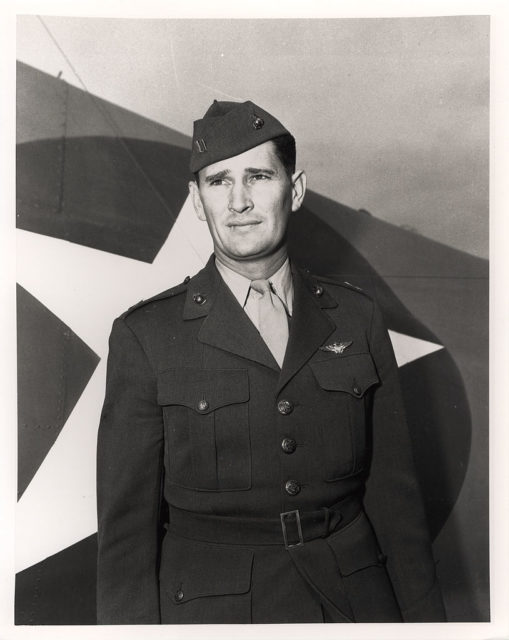
Joe Foss worked hard to become a fighter pilot, but at the outset of America’s participation in World War II, the 27-year-old was considered too old and sent to the Navy School of Photography for training in photographic reconnaissance. Following his first assignment, he was transferred to Marine Photographic Squadron 1 (VMO-1) at Naval Air Station North Island, San Diego.
However, he didn’t give up the fight and was eventually transferred to Marine Fighter Attack Squadron 121 (VMFA-121) in July 1942. Foss didn’t take long to prove he was an elite pilot. Shipped off to Guadalcanal as part of Operation Watchtower, he scored his first aerial victory against a Japanese-flown Mitsubishi A6M Zero on October 13, 1942 while flying a Grumman F4F Wildcat.
Leading a group of F4F pilots known as “Foss’s Flying Circus,” he and his men managed to shoot down 72 Japanese aircraft, with 26 credited to him. This led to him being dubbed America’s first “ace-of-aces” of the Second World War. For his efforts during the Guadalcanal Campaign, Foss was awarded the Medal of Honor by US President Franklin D. Roosevelt in May 1943.
In February 1944, Foss returned to combat, this time with Marine Fighter Attack Squadron 115 (VMF-115). However, he experienced less combat than during his first tour of duty, leading him to accept a position as an operations and training officer at the Marine Corps Air Station Santa Barbara, California.
Move into politics
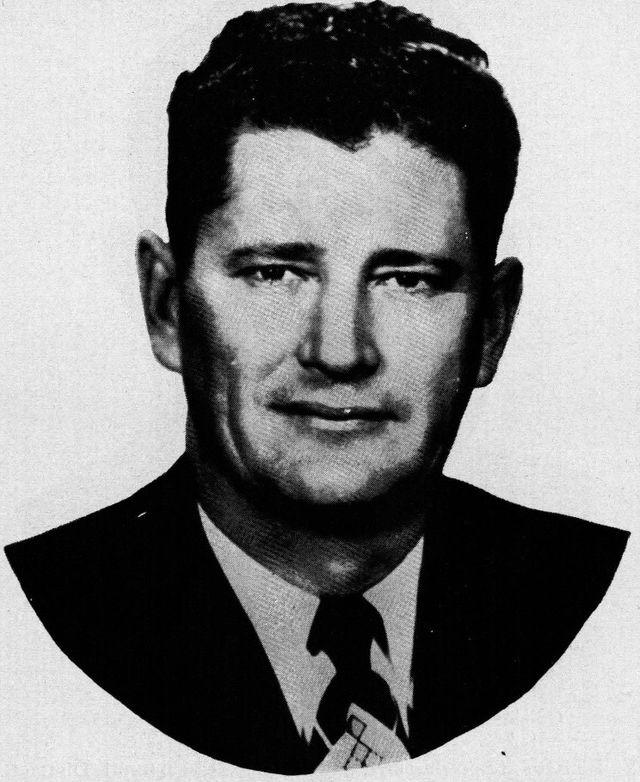
Upon returning from the war, Joe Foss served in the South Dakota Air National Guard as the commanding officer of the 175th Fighter-Interceptor Squadron. Not only was he instrumental in the unit’s formation, but he also joined its North American P-51 Mustang air demonstration team.
Foss was recalled to active duty during the Korean War, serving with the US Air Force as the director of operations and training for the Central Air Defense. After this, he retired with the rank of brigadier general.
Following his military service, Foss pivoted to a career in politics. As a decorated war hero, he achieved early success and served two terms in the South Dakota Legislature, before becoming the state’s youngest governor. However, his time as a politician ended in 1958, when he lost his bid for a seat in the US House of Representatives.
Joe Foss was president of the National Rifle Association
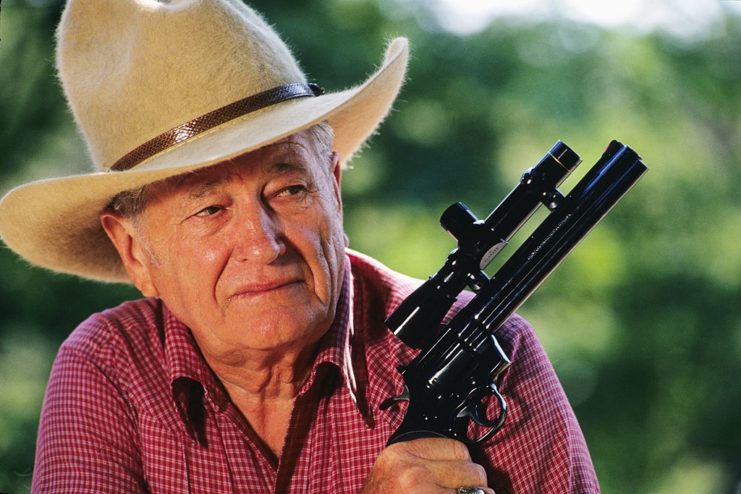
Joe Foss moved onto a career in television and business. From 1964-67, the former pilot hosted The American Sportsman on ABC, and from 1967-74 hosted the series, Outdoorsman: Joe Foss. Prior to that, in 1959, he became the commissioner of the American Football League (AFL). During his time with the organization, the AFL competed with the National Football League (NFL), and the two merged shortly after he stepped down.
In 1988, Foss became president of the National Rifle Association (NRA) and was reelected the following year. During his stint with the organization, he claimed to be fighting against the weakening of gun owners’ rights. In 1990, he was featured on the cover of Time Magazine holding a revolver.
Joe Foss’ later life and legacy
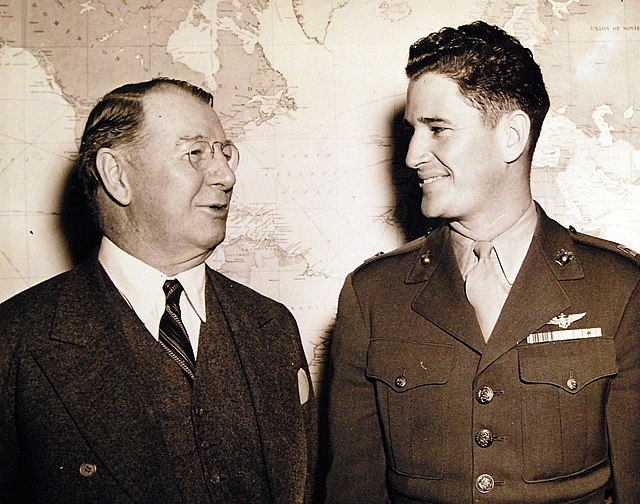
Joe Foss was deeply involved in a number of charitable causes. He served as the president of the National Society of Crippled Children and Adults (now known as the Easterseals). He was inspired to do so by his daughter, who’d been born with cerebral palsy. Foss was also involved in the Campus Crusade for Christ and programs for disadvantaged youths.
The former pilot also created the Joe Foss Institute with his second wife, Didi. It focuses on educating the youth of America about civics and the country’s history, with the help of veterans and educators.
More from us: The Defiant Tanker Who Disobeyed Orders and Saved the Lives of 65 US Rangers in Korea
While he grew up and served in South Dakota, Foss retired to Arizona. It was there he died in 2003, at the age of 87. His funeral featured many prominent names, including John McCain, Charlton Heston and Tom Brokaw. Foss is buried at Arlington National Cemetery.
